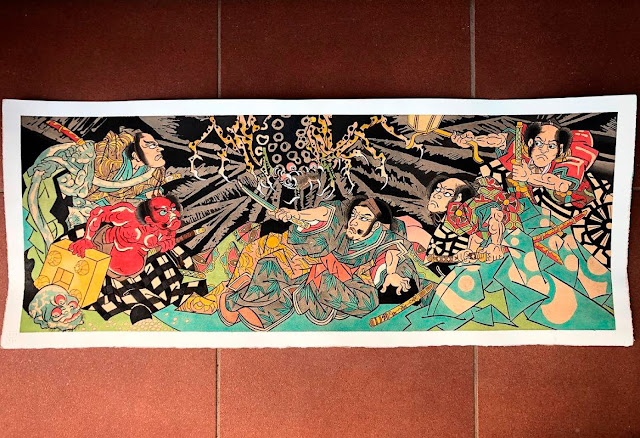MONTAMORINO

Montamorino, without a doubt one of the best tattoo artists you can find in Japan. Originally based at “ UP RISE TATTOO ” in Shiga prefecture, he currently works mainly in Shinjuku, Tokyo. If you visit Japan or are lucky enough to have him visit a city or country near yours as a guest artist, you can’t miss this opportunity to get a tattoo or project done by this great artist. You can visit his website and Instagram and learn more about him: https://montamorino.com This artist has more than 25 years of experience. His solid work reflects this. Don't forget to follow him on social media to be up to date with his latest news. Enjoy Japanese Tattoo Art with Montamorino! Instagram: @montamorino






%20%E2%80%A2%20Fotos%20y%20vi%CC%81deos%20de%20Instagram.jpg)

